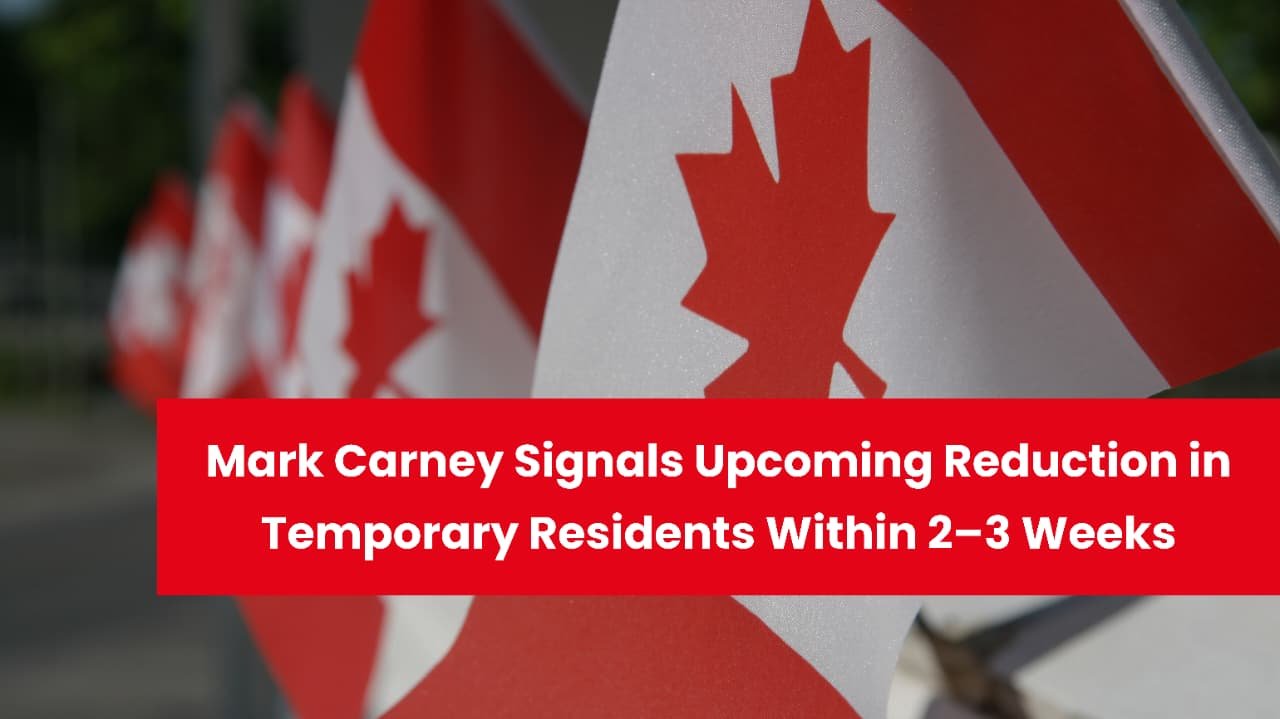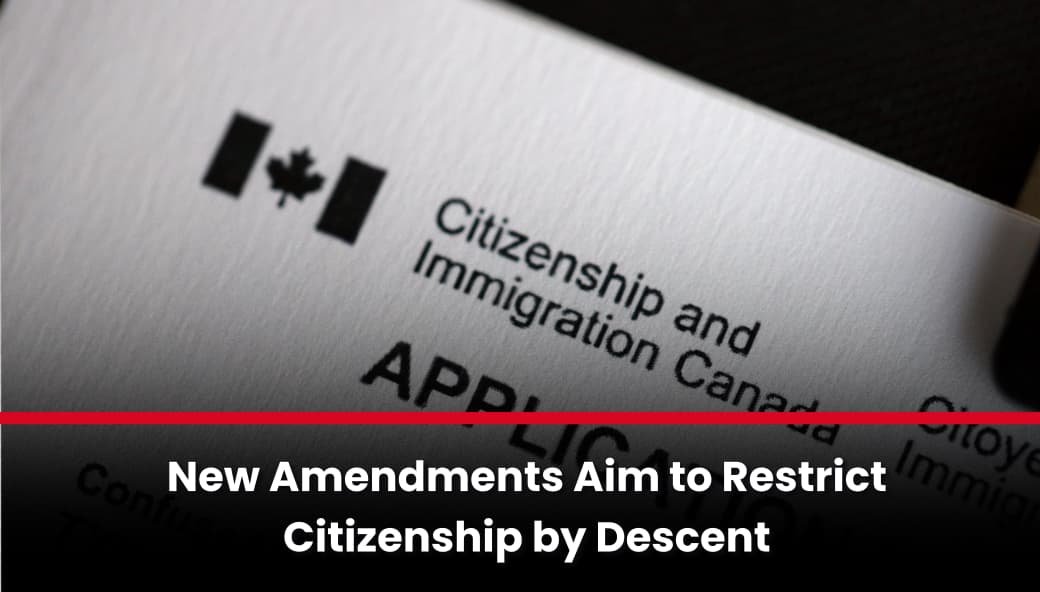Canada has always been an attractive destination for international students, who come here for quality education and residency opportunities. But recent government policies have imposed restrictions on student visas, posing challenges to the country’s postsecondary institutions.
In a recent announcement, Immigration Minister Marc Miller confirmed that study permits would be reduced by 10% over the next two years, now including graduate and doctoral students for the first time.
This cap on international students is set to reshape Canada’s higher education sector and could damage its reputation as a welcoming destination for students worldwide.
Ontario’s universities are already forecasting nearly $1 billion in lost revenue due to these enrollment restrictions, with some institutions, like Seneca Polytechnic’s Markham campus, facing temporary closures as a result.
The Impact of Recent Changes on International Student Intake
1. Financial Pressure on Post-Secondary Institutions
Canadian post-secondary institutions have grown dependent on international students, who pay significantly higher tuition fees—up to five times more than domestic students. In Ontario, universities are bracing for a projected $1 billion revenue shortfall over the next two years due to declining international enrollments.
The Council of Ontario Universities estimates that financial losses could surpass $300 million in the 2024-25 academic year alone, with losses potentially doubling if the trend persists.
Steve Orsini, president of the Council of Ontario Universities, expressed concerns over the federal government’s restrictive measures, calling them a “blunt instrument” that impacts all institutions instead of addressing issues related to aggressive recruiting by unregulated agents.
In response to these constraints, universities across Canada are cutting programs, delaying facility improvements, and canceling essential student housing projects.
2. Effects on Academic Programs and Student Services
Shrinking budgets are forcing institutions to reduce academic offerings and student services, a decision impacting both domestic and international students.
For example, Seneca Polytechnic has temporarily closed its Markham campus, consolidating programs at other locations within Toronto.
This shift is directly tied to reduced international student enrollment, making it financially unfeasible to operate multiple campuses. Seneca President David Agnew emphasized that these changes have “damaged Canada’s reputation” as a global education destination.
Unpredictable visa policies and enrollment restrictions are deterring prospective students, further weakening Canada’s once-strong international education sector.
3. Broader Financial Consequences for Local Communities
Pari Johnston, President of Colleges and Institutes Canada (CICan), highlighted the unique challenges faced by colleges, particularly those in rural and remote regions where international tuition fees are critical for financial stability.
Institutions have had to implement hiring freezes, delay new construction, and suspend specific programs.
These adjustments not only reshape the educational landscape but also negatively impact local economies, as colleges are often key employers and contributors in their communities.
Impact on Canada’s International Reputation as a Top Study Destination
1. Declining Appeal of Canada as a Destination for International Students
Canada has long been a top choice for international students, known for its inclusive environment, high-quality education, and pathways to employment and residency. However, Meti Basiri, CEO of ApplyBoard, notes that Canada’s appeal is diminishing.
Recently, Canada dropped to the third-most popular destination, following the U.S. and the UK. This shift is largely due to stricter immigration policies and caps on student visas, which have created uncertainty and tarnished Canada’s image as a welcoming study destination.
Basiri highlights that limits on spousal permits discourage mature students, while increased financial requirements and work permit restrictions make Canada less attractive for those considering international study.
2. Public Perception and Political Influences on New Policies
Dale McCartney, a researcher in international student policy, suggests that recent visa restrictions may be influenced more by the current political climate than by strategic immigration goals. McCartney argues that the government’s stricter approach may be a response to public concerns about immigration, using the cap as a way to address perceived pressures on housing and healthcare systems.
However, critics warn this approach could backfire, as Canada relies on skilled, educated professionals to support its economy and growth.
3. Financial Impact on Ontario Universities and the Higher Education Sector
Ontario’s 20 public universities face significant revenue challenges under the cap, with losses expected to reach $1 billion over the next two years. This financial strain has led to cuts in programs, delays in housing projects, and reductions in faculty positions.
To address this, Ontario’s Minister of Colleges and Universities, Jill Dunlop, recently announced a $1.2 billion emergency funding package, including a $900 million sustainability fund over three years to stabilize finances.
Steve Orsini, president of the Council of Ontario Universities, emphasizes the need for a more tailored approach. He points out that international students make up only about 20% of Ontario’s student body, and currently, only 71% of the province’s international student quota has been filled.
Universities across Ontario and regions like the Maritimes, Quebec, and the Prairies are already facing financial pressures. Orsini expressed concern that talented international students who could strengthen Canada’s workforce—future doctors, engineers, and entrepreneurs—may now opt for other countries due to these restrictions.
Nationwide Impact: Workforce and Economic Consequences
1. Risk of Skill Shortages in Critical Sectors
International students play a vital role in Canada’s future skilled workforce, with many choosing to stay and contribute after graduation. Gabriel Miller, president of Universities Canada, has expressed concern that new immigration policies could deter precisely the skilled professionals Canada relies on for its healthcare, engineering, and business sectors.
By imposing stricter rules on the Post-Graduate Work Permit program, the government is narrowing pathways for international graduates to join the Canadian workforce, potentially increasing skill shortages in these critical areas.
2. Housing and Infrastructure Strain
Canada’s housing and healthcare systems have struggled to keep up with the rapid increase in population, including international students. In response, the government believes that limiting student visas will help ease these pressures.
However, critics argue that reducing enrollment will not address systemic issues in housing and healthcare, while also undermining Canada’s economy and ability to meet labor needs. This approach, they contend, does little to solve the root causes of these infrastructure challenges.
Educational Leaders Urge Policy Reforms
Leaders from Canada’s education sector are calling for a more collaborative approach to tackle the challenges facing post-secondary institutions.
Rather than imposing blanket policies, stakeholders suggest the government adopt a targeted strategy that addresses the root causes of the pressures within the international education system.
Educational institutions are urging provincial governments to increase funding and provide additional support to counteract the financial losses caused by the reduction in international student enrollment.
Figures like Steve Orsini are pushing for efforts to restore Canada’s reputation as a leading global education destination, emphasizing the need for greater transparency and stronger student support systems.
What Lies Ahead for Canada’s International Education Industry
The cap on international students has set off a series of challenges within Canada’s higher education sector.
With financial losses, reduced enrollments, and a tarnished reputation, Canada’s status as a global leader in education may be at risk.
As universities and colleges prepare for ongoing cuts, the need for a more balanced and strategic approach to international education has become crucial.
To remain a top destination for global talent, policymakers must weigh the long-term effects of these restrictions carefully.
As Canada navigates its evolving immigration policies, the critical role of international students in shaping the nation’s future workforce and economy continues to be a key part of the conversation.
Only time will tell if Canada can adapt to these changes and rebuild its reputation as a welcoming hub for international students.





